Mastering Dialogue (Part 1): What is Dialogue and its purpose
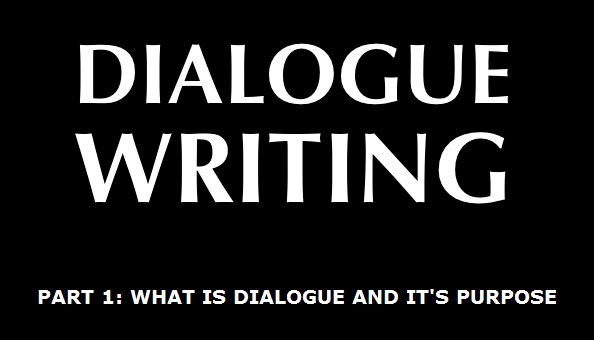
Dialogue is an interaction between different characters, like two friends talking with each other as they discuss about some interesting things, and not boring ones that are too long to even bother to read.
Dialogue in writing is not a conversation which would be boring, and dialogue is not a monologue. It should be an exchange between at least two people. And it should be something that is focused and not forced. You shouldn’t spew out ideas randomly, but they should come out naturally. It may not add anything to the plot, but if it’s focused, it becomes interactive as it builds on ideas and interactions which is the totality of it.
So... now that the definition's taken care of... let's get to the meat.
What can a dialogue do?

C'mon Hardy, don't be like that! You can try..?

Fine, let me tell you what a dialogue can do.
A dialogue can do anything.
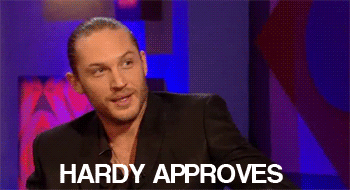
Yes, a dialogue can do anything. I know you aren't convinced fully yet, but in time... you will.
A good dialogue will move the plot forward.
A good dialogue will convey character.
A good dialogue will feel full of life.
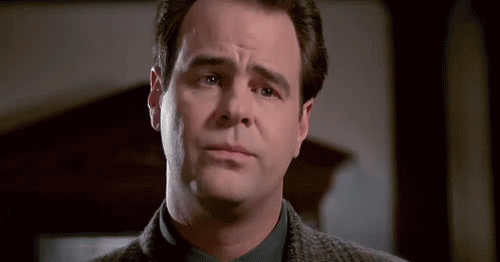
However...
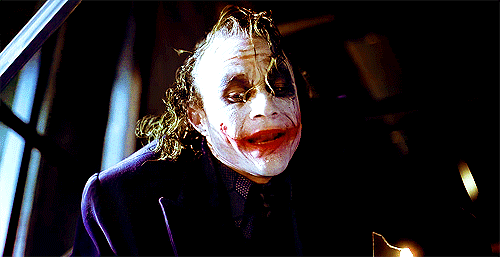
A great dialogue will move the plot forward, convey character and feel full of life.
i.e. Your dialogue becomes rich and real.

Dialogue keeps your characters in character.
And you need to show the readers and not tell, through the dialogue writing, whenever you can.
You can express the relationship between two characters in the way they exchange the information and use gestures while doing that/ which is called as showing instead of telling the readers. Showing gives more impact to any scene.
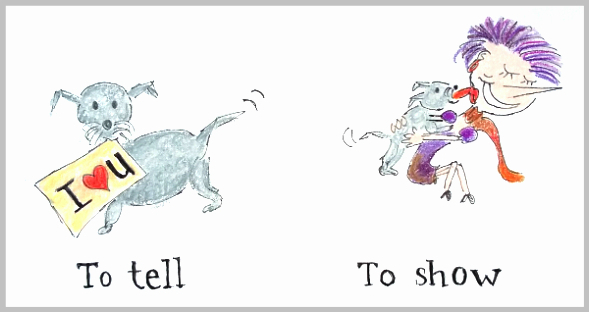
In this pic, the dog is telling how it felt on the left side, while the dog on the right side expressed/showed how it felt by licking his owner all over. So showing deepens characterization.
And there are times when you have to tell instead of showing. For example, to give a sudden impact.
- "Your mom... died," John told Jane, and her sight froze; the fork in her hand fell and danced on the floor, but not as viciously as the electric surges that thundered in her brian.
- "Your mom was traveling in a car, and when she was texting her boyfriend, a lorry ran through her car from south it seems," John said and paused a moment as he couldn't bring out the words, "After that, your mom died." Jane stood, walked to him and slapped him in the face and said, 'Stop joking.'
Now if you look at these two dialogues, the first one gives that immediate effect and Jane was truly shocked. In the second one, there's just misplaced explanation/showing of how the accident happened and Jane thought that John might be trolling her.
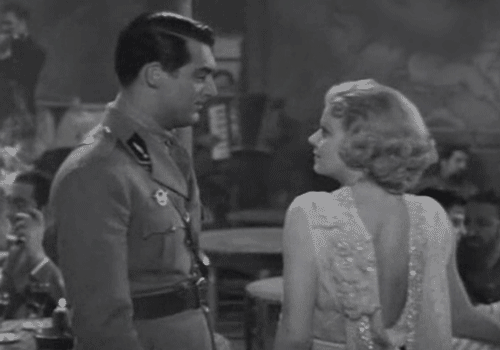
If we as writers aren't careful, then readers will keep on slapping us as well. What do you say, Ingrid? Oh, she's saying, 'For sure.'
Dialogue and Scene
What is a scene?
You can say it's something that happens at a particular place or time continuously. When that continuity breaks and the place or time changes, so does the scene.
A group of dialogues can be called a scene, and a scene should serve its purpose, i.e. to either contribute to the plot in some way or add some characterization or character development to the characters.
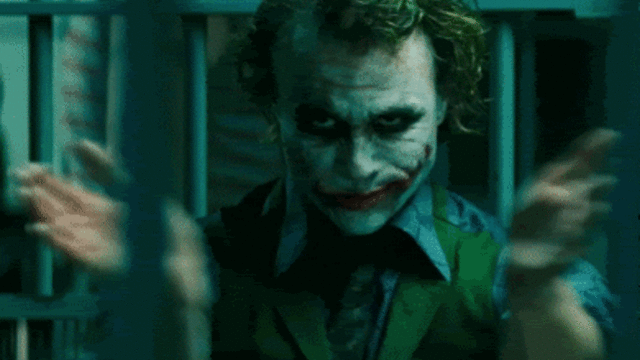
Joker's(Heath Ledger) character in Dark Knight is a perfect example. Every time he shows up on screen, he pushes his agenda which is nothing but make the lives of others miserable. And as a bonus, he does that in style.
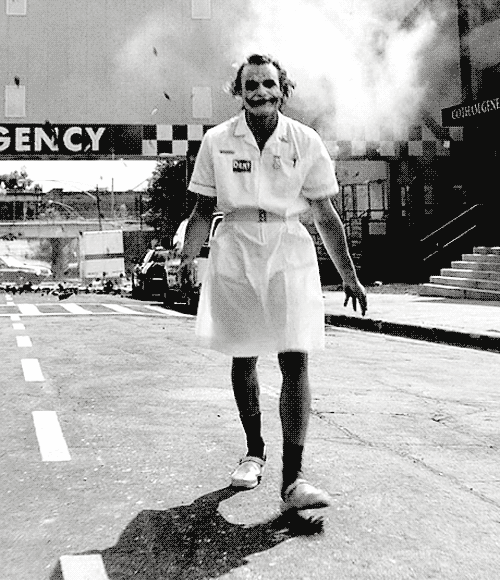
If you haven't watched the movie yet, just stop doing your work and go watch it.
Boring Dialogue
Ordinary dialogues that we see in everyday conversations are boring, so we need to add a bit of drama to them.
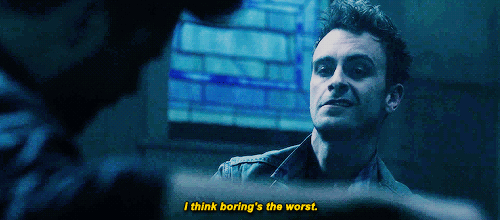
In most cases, the dialogues in a scene must have some sort of conflict going on, which can either be killed or left like that depending on the plot.
The conflict is what that adds marvelous drama, and brings tension to the scene.
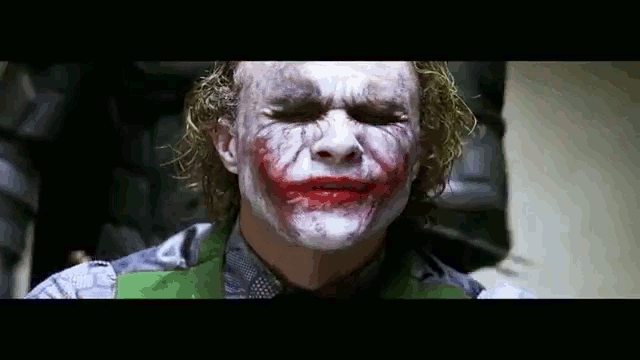
Whether Joker is present near Batman or not, his plans always made the nights of Batman long.
Example:
- “I like jam,” Ram said.
“I like jam too...” Dave said happily. “Jam is red in color and its squishy, juicy, and my tongue really feels it all the time even when i am not eating it!”
“Yeah right?” Ram excitedly said. “I feel the same too.”
This above scene clearly doesn’t tell much, and Dave gave unnecessary exposition on how he thinks about jam. And i am sure that his perspective and impressions on jam doesn’t really effect the plot or even improve his characterization, unless you are writing a novel about food relating to the gourmet world’s ways.
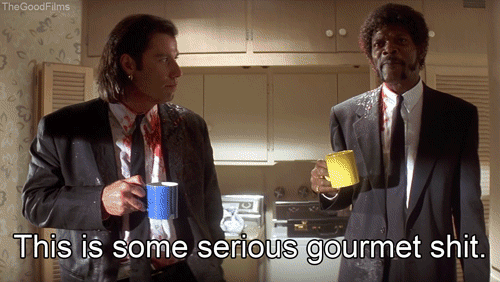
Conflict and Tension
A scene should increase tension, or it should at least have some sort of conflict... Or else it will feel pretty boring to the readers.
- You can take the Ram and Dave example for this.
- “I saw a woman this morning. She looked gorgeous,” Ram said.
“Oh...! Tell me more about her,” Dave asked.
“She’s got round eyes, chubby cheeks, and a cute smile on her face... She even had some strange tattoo on the back of her neck. I think i’m in love with her.”
Dave paused a moment and then asked with a shaky throat, “Was she wearing black gown?”
“Yeah! How do you know?!”Ram couldn’t help but startle.
“She’s my wife!” Dave loudly said.
“What?!” Dane was shocked, but then he calmed down and asked, “Are you both.... still on good terms?”
“Don’t even go near her...” Ram said, “I’ll kill you.”
“Y-Yeah.”
Now this scene creates some conflict between the two and by the end of the scene Ram planted a seed of doubt in Dave’s mind which would make him all the more vigilant whenever he’s going to speak to Ram in future, and he might even keep an eye on Ram just for the sake of feeling assured. Whatever Dave may do, it depends on his character and the plot. The above scene also gives some characterization to both Ram and Dave. We know what kind of woman that Ram is into, and we know that Dave doesn’t go smooth on those who would dare come after his wife.
The important thing to take away from this dialogue is, it can be written in many forms to make it more interesting or fluid, but the end result of the scene won’t change. It’s only that the readers are more excited in reading nicely constructed dialogues with less craziness going in there.
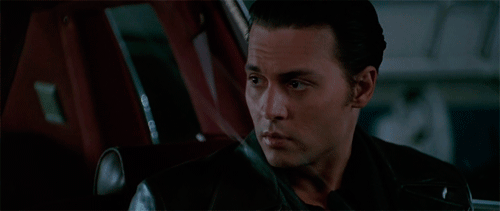
You don't have to use speech to create dialogue. You can use gestures, body language and in many more subtle ways.
Writing a Good Scene
Choose the right words that fit the situation/scene and the character that's speaking.
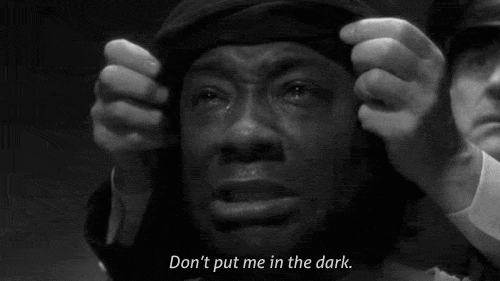
To write a good scene, create tension in it, move the plot forward through it, use less exposition in it, and have characters talk naturally yet creatively, and show instead of telling, using minimum i.e. necessary description.
Use direct dialogue to add perspectives of different people which gives credibility to the dialogue. And if you think that there’s no need for that, you can just give a summary.
- “I think i can eat six times a day, given i eat eight times a day now.” -- Direct dialogue that’s written in quotes.
- John felt that he could reduce his intake from eight to six times per day, without much of a problem. -- Indirect dialogue, where we don’t interact with that character, but still will know how they are thinking on a basic level.
Making Dialogue Real But Not Too Real
Dialogue in fiction does not attempt to replicate real speech — like every element in your book, it has a purpose and is there to inform the reader and to move the story forward. In fiction we leave out the waffle and preamble of everyday speech - the ‘um’s and ‘ah’s, the repetitions and half sentences - but it should have the flavor
of real speech.
Listen to people speaking and think about the word order they use, listen for regional tics, for distinctive speech patterns. Reading your dialogue out loud is one sure way of making it sounds real and plausible, that it flows.
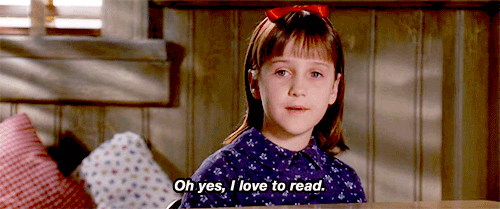
An important point on realistic dialogue… don’t make it too realistic. Sometimes, in real life, a conversation can be downright boring. A fast‐paced and tightly written story can’t waste words.
- “It’s pouring rain again,” said Sally.
“So much for our picnic,” moaned Frank
“I was really looking forward to it.”
“Me too.”
“What should we do instead?” asked Sally.
“Maybe we could go to the mall,” Frank said.
“I was there last night. I don’t want to hang around there again.”
“How about a movie?” Frank said.
“That’s a good idea. What’s playing?”
As you can see, this conversation could go on for pages and, although it may be realistic, who cares? Get them to the movie quicker or risk losing your reader.
Characterization and World Building Through Dialogue
Your character’s dialogue gives richness and depth to your story and can work on many levels including establishing the time and setting of your story, your Character’s occupation, the location of a scene. As we hear characters speak we find out more about them as individuals, their motivation, their opinions, their part in the plot... all the while the world around them is revealed through their words and actions.
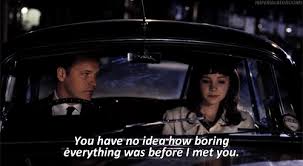
Without just one dialogue in the above picture, so much about their love and how they feel about it was reavealed. Also, the guy's backstory and how he perceived the world was revealed as well.
Getting Readers In the Shoes of Characters
Dialogue is an ideal way to move your story forward, to make the reader feel as if they are in the room/the world you created and is wearing the shoes of the author while reading a narration or a description, and the shoes of a character while reading a dialogue.
If you can do that, any type of reader will feel good while reading your novel, because the shoes will feel great.
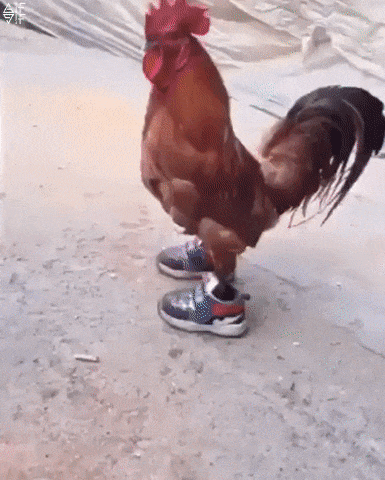
Use dialogue to create or build conflict, to inject humor, to establish mood and to help your reader get to know your character.
And once they love your characters, they keep flipping pages even if you write passive scenes one after another.
What Not To Do
Avoid using dialogue to dump information on the reader to instruct or educate the reader. NEVER have the characters tell each other information they already know. They can refer to it, but the assumptions of knowledge must be there otherwise it will sound stilted and unrealistic. Don't say/make your characters say things that are obvious. And the last thing you want to do is hurt your readers' intelligence.
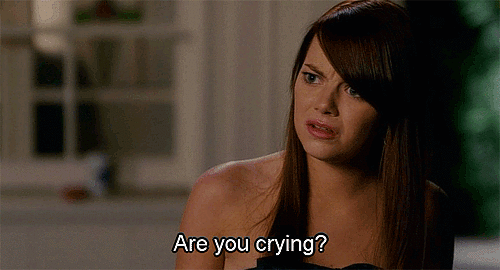
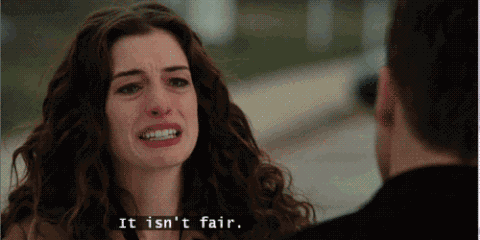
You've already come out of the matrix, so expect the madness.
As with every element of your story, dialogue must have a point, be there for a reason/purpose.
Some Basic Clarification
If you are just starting to write, don’t worry about punctuation or grammar – this can be tidied up later. But do make it clear when characters are speaking.
Begin each new piece of dialogue on a new line, use speech marks or dashes to show when
someone is speaking.You can use italics to define your character’s thoughts, or to emphasize words, but it can be distracting if you use it for the main dialogue.
In real life, people rarely speak for more than a couple of sentences without pausing or moving whether to adjust their hair or rub their face. Use this action, body language to show the reader how the character is speaking, to enhance the
dialogue and complete the picture. Use it to describe your character’s state of mind, to show us how they are speaking.Quotation marks are used in fiction writing to show that words or phrases are coming from a certain speaker; this is often referred to as dialogue. In general, the speaker’s words are enclosed in quotation marks, and the first letter of the statement is capitalized:
Captain Robert said, “Somebody’s had too much to think.”
Note the comma after said. When verbs like said, replied, whispered, asked, or admitted are used in this way, they are called dialogue tags. A comma comes after the dialogue tag and before the quotation marks.
However, not every phrase that introduces a quotation requires that comma. Sometimes a clause indicates a speaker without using a word like said to introduce the characters’ words. Commonly, these include characters’ actions, and a period separates them from the dialogue:
Captain Robert shrugged and shook his head. “Somebody’s had too much to think.”
When a dialogue tag comes after the dialogue, the phrase including the dialogue tag is not capitalized (unless the following word requires capitalization regardless, such as a person’s name). If the speaker’s statement would ordinarily end in a period, the period is replaced with a comma, which is placed inside the quotation marks:
“In this room, the heat pipes just cough,” said Coby.Sometimes a dialogue tag can be inserted within a character’s quoted statement, resulting in a divided quotation. This often signals a pause, tells what the character is doing while speaking, or identifies the speaker before the reader reaches the end of the statement.
“I don’t usually enjoy concerts,” said Roger, “but that performance was very entertaining.”
“I wonder,” he said, rubbing his chin, “what’s so secret about their secret meeting?”
Notice that after the interrupting dialogue tag, a comma precedes the continuation. The continuation of the statement does not require capitalization.If the dialogue requires a different kind of end punctuation (exclamation mark or question mark), then that punctuation mark is used in place of the comma:
“Do you want to buy a special sandwich?” the little girl asked.No matter which punctuation mark is used to end the quote (except a period), it is placed inside the quotation marks.
When more than one character is speaking, a new paragraph begins every time the speaker changes.
Since the paragraph breaks indicate the change of speakers, you do not need to keep including dialogue tags and naming speakers who have already been introduced (unless the speaker is unclear in spite of this):
“How have you been?” asked Tom.
“Not so good,” replied Steve, “I just ate the most terrifying sandwich in the world.”
“A terrifying sandwich? What was wrong with it?”
“It was just full of hatred. I’ve never felt anything that compares to the bad vibes I got from that sandwich.”When a character quotes another character in his/her dialogue, the quote-within-a-quote is marked by single quotation marks:
“But the soldier said ‘Sir, there’s a crack in the world,’” remarked David Bowie.
When a character’s speech begins in one paragraph and then continues into following paragraphs, quotation marks (“) are placed at the beginning of each paragraph that continues the spoken words, but closing quotation marks (”) are not included until the speech ends or is broken up by a dialogue tag or an interruption of action or description.
“What bothers me about saying that you could care less,” she began, “is that it
means the opposite of what it’s intended to mean. The words imply that it’s possible for you to care even less.
“And it’s always an exaggeration to say something is all over something else. If
there was truly milk all over the floor, the floor would be entirely covered. You wouldn’t even see it anymore.”An indirect quotation tells what a character said, but not through that character’s dialogue. You can think of it as the character’s statement given through someone else’s voice (another character, the narrator, the author, etc.). These are often indicated through words like that or if, as in the following examples:
Mark said that the buses don’t run on Sundays.
Diane asked if we enjoyed the party.Indirect quotations usually have a word like said, which is often a dialogue tag, but the context of the sentence indicates that the words are not coming directly from the speaker.
Personal pronouns (he, she) may also signal indirect quotations. They indicate the speaker in places where a direct quotation would use the word I (to indicate that the speaker is talking about him or herself):
Josie said that she does not like white shoes or the people who wear them.
Alright, steembuns, That's pretty much it for this part, as this is just an introduction.
So, now that all is said and done...
What can a good dialogue do?
- Moves the plot forward
- Gives information
- Contributes to characterization
- Give characters, and the relationships between them, life
- Foreshadow events which are to come. Make these events vivid when they do arrive
- Effectively uses exposition
- Controls the pace at which the plot moves
- Feels realistic but not too realistic and lifelike
- Creates conflict
- Builds suspense
- Reveals back story
- Establishes mood or tone
- It should add to the readers present knowledge
- It should be brief (especially during action.) If there are more characters involved, or a strong plot point was being discussed, then this rule doesn’t apply.
What can a great dialogue do? It combines as many of these as that are necessary.

These are the functions that a good dialogue can do. If you are not sure whether a line of dialogue serves any purpose or not, then look at the above list and ask yourself if any one of those are fulfilled or not. If it doesn’t, then cut the line and see if you can add a better line that flows smoothly.
But to write a good dialogue you need to know many other tools like the punctuation, dialogue tags, POV and a lot more.
We will be looking at all these things one by one, and a lot more important ones in addition to make our dialogue feel rich and real.
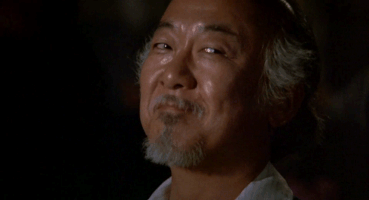
Finding the right balance between dialogue and narration is one key steps to succeed in writing a good novel.
But if you want to write well, you need to do something else first.
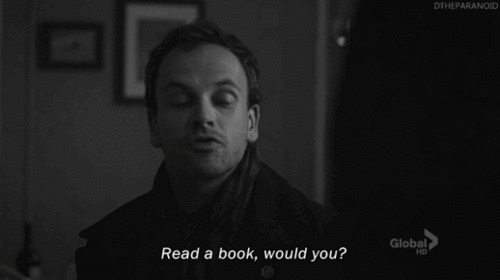
Reading teaches you a lot. You are currently doing that as well.
That's the end of this part.
I'm out of energy.

Needed that double fill.
Have a great day or night wherever you are.
Congratulations @vkboy! You have completed some achievement on Steemit and have been rewarded with new badge(s) :
Click on any badge to view your own Board of Honor on SteemitBoard.
For more information about SteemitBoard, click here
If you no longer want to receive notifications, reply to this comment with the word
STOPCool! I follow you.